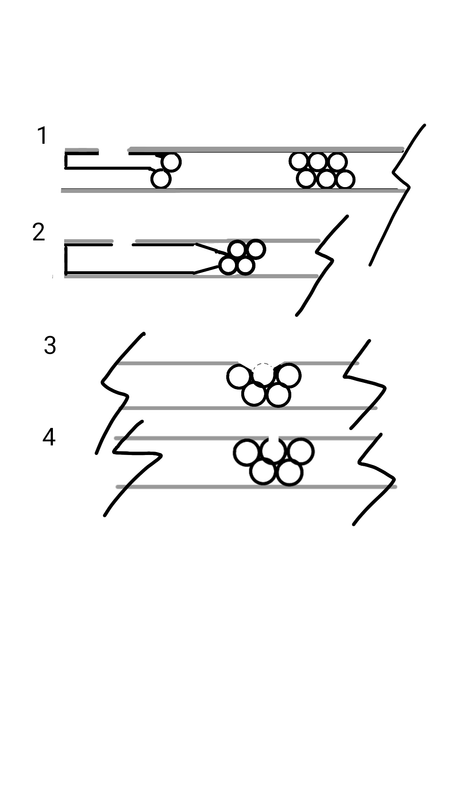Sedi wrote: ↑Tue Nov 09, 2021 8:26 am
GreenWood wrote: ↑Tue Nov 09, 2021 7:29 amthere is no one answer to it all I think.
Probably right. IMO keys where none are needed make an instrument overly complicated. But they do solve some "issues" (if they are seen as such -- some actually prefer the different colors of tone on the baroque flute over the more evenly voiced Böhm flute).
I have a couple of interesting links, too but I don't wanna spam your thread. Maybe I can post them in the resources-thread you posted?
For tonehole spacing...I don't know if this has been tried before, I did a quick search for spiral flute and nothing. The closest was this
https://seashellmusic.com
I know curved extensions are used and work for bass flutes.
So this is an idea to bring toneholes closer for your flutes if you are still in to playing around with design etc. It is a spiral tube (say copper to start, or 3d printed etc.... and which I don't know how to draw as design properly but the idea is simple enough) that fits into a say alu. case. This means flute tube dia. is smaller, but volume can be from embouchure, and toneholes kept large I think also. Length of tube is most responsible for freq. , not diameter.
In 1 it rests on casing and forms emb.
In 2 it opens to form a soundbox.
In 3 I drew how wide toneholes could feasibly be, obviously with tube sealed around to inside of flute. If width is needed for sensitivity to finger placement for getting half hole note then it could be smaller at actual tube maybe and widen towards casing... if it needs lots of venting for half hole then larger hole as shown I guess.
In 4 just straight tonehole.
Smaller tube is going to change the tone a little probably, I don't know how...I would play with designs like this myself... a 50cm long flute in low A ? .... but I'm staying with wood for flutes.
There is an optimal tube diameter for pitch vs tone, and that means any flute is a compromise in that sense for having notes of different pitch. So that is why a larger box at head might help depth of a note and probably volume . Equally simply adding a bit of helix instead of tight full spiral might be enough for finger spacing and allow a larger tube diameter ? I could even imagine a disc flute, made with a flat spiral and held like ocarina. Another question though is if anyone would want to play them...but for those who like making things...
I'm not sure how practical any of these ideas would be in reality to make. I don't guarantee they will work, and I don't mean to waste anyone's time should they not, so better to think it through or read up or calculate if not up to trial and error



